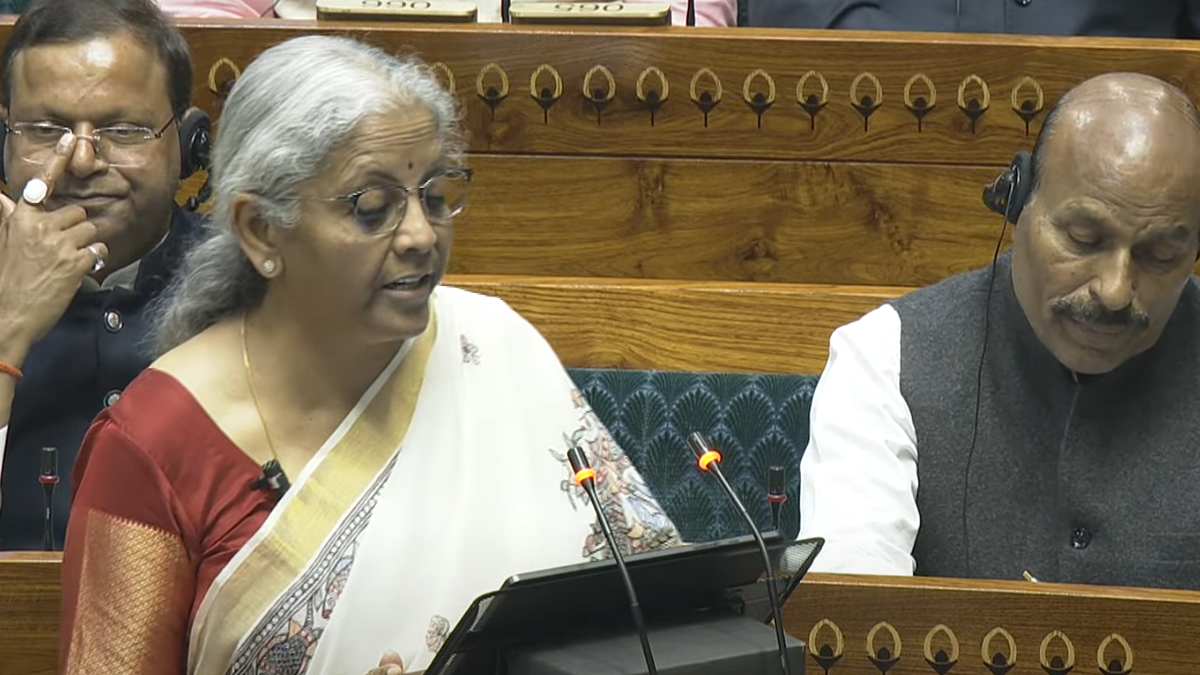New Tax Regime: A Diwali Bonus for Taxpayers

As the Indian government prepares for its annual budget, Prime Minister Narendra Modi recently invoked Goddess Lakshmi, symbolizing prosperity and wealth. The following day, taxpayers received what many are calling a “Diwali bonus” in February. Finance Minister Nirmala Sitharaman announced significant changes to the income tax regime, particularly benefiting those with incomes up to Rs 12 lakh. This article delves into the details of the new tax structure, its implications for taxpayers, and the potential impact on government revenue.
Major Changes in Tax Slabs
The revised tax regime introduces a new threshold for tax rebates, raising the limit from Rs 7 lakh to Rs 12 lakh. This change means that individuals earning up to Rs 12 lakh will no longer have any tax liability. For salaried taxpayers, this limit extends to Rs 12.75 lakh due to a standard deduction of Rs 75,000. The Finance Minister achieved this zero-tax figure by increasing the tax rebate from Rs 25,000 to Rs 60,000.
Under the new regime, individuals with an income of Rs 12 lakh will have a tax liability of Rs 60,000, which is completely waived off due to the rebate. However, income from capital gains will still be taxed separately at different rates. For those earning more than Rs 12 lakh, the tax structure remains progressive. The new slabs include nil tax for income up to Rs 4 lakh, 5% for income between Rs 4 lakh and Rs 8 lakh, and 10% for income between Rs 8 lakh and Rs 12 lakh. Tax rates continue to increase for higher income brackets, reaching 30% for incomes above Rs 24 lakh.
Benefits for Middle-Income Earners
The revised tax structure primarily benefits middle-income earners. Approximately 1 crore taxpayers who previously faced tax liabilities ranging from Rs 20,000 to Rs 80,000 will now pay no tax at all. This significant change is expected to provide financial relief to many families, especially in the wake of rising living costs.
The maximum benefit of Rs 1.1 lakh will be available to those earning Rs 24 lakh annually. Under the new scheme, their tax liability would be Rs 3 lakh, compared to Rs 4.1 lakh under the previous regime. This shift not only eases the financial burden on taxpayers but also encourages spending, which can stimulate economic growth.
However, it is essential to note that individuals opting for the old tax regime, which allows for deductions like home loan interest and HRA, will see no changes in tax rates or slabs. This means that taxpayers will need to evaluate which regime suits their financial situation best.
Latest Income Tax Slabs for FY 2025-26
The new income tax slabs for the financial year 2025-26 are as follows:
- Income up to Rs 4 lakh: Nil
- Income from Rs 4 lakh to Rs 8 lakh: 5%
- Income from Rs 8 lakh to Rs 12 lakh: 10%
- Income from Rs 12 lakh to Rs 16 lakh: 15%
- Income from Rs 16 lakh to Rs 20 lakh: 20%
- Income from Rs 20 lakh to Rs 24 lakh: 25%
- Income above Rs 24 lakh: 30%
Understanding Marginal Relief
One of the more complex aspects of the new tax regime is the provision for marginal relief. Taxpayers with incomes just above Rs 12 lakh will receive some relief to ensure they do not end up with lower post-tax incomes than those earning exactly Rs 12 lakh. For instance, a taxpayer with a taxable income of Rs 12.10 lakh would typically owe Rs 61,500 in taxes. However, with the marginal relief in place, their tax liability would be reduced to just Rs 10,000.
This relief mechanism is designed to prevent a sudden tax burden for those earning slightly above the new threshold. However, it is important to note that this relief is capped and only applies to incomes up to approximately Rs 12.75 lakh. Beyond this point, taxpayers will revert to the standard tax slabs.
Observer Voice is the one stop site for National, International news, Sports, Editor’s Choice, Art/culture contents, Quotes and much more. We also cover historical contents. Historical contents includes World History, Indian History, and what happened today. The website also covers Entertainment across the India and World.
Follow Us on Twitter, Instagram, Facebook, & LinkedIn

